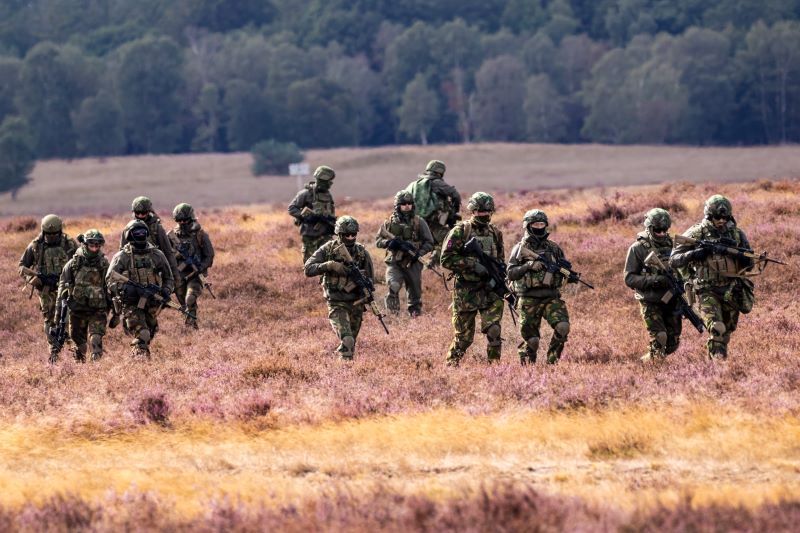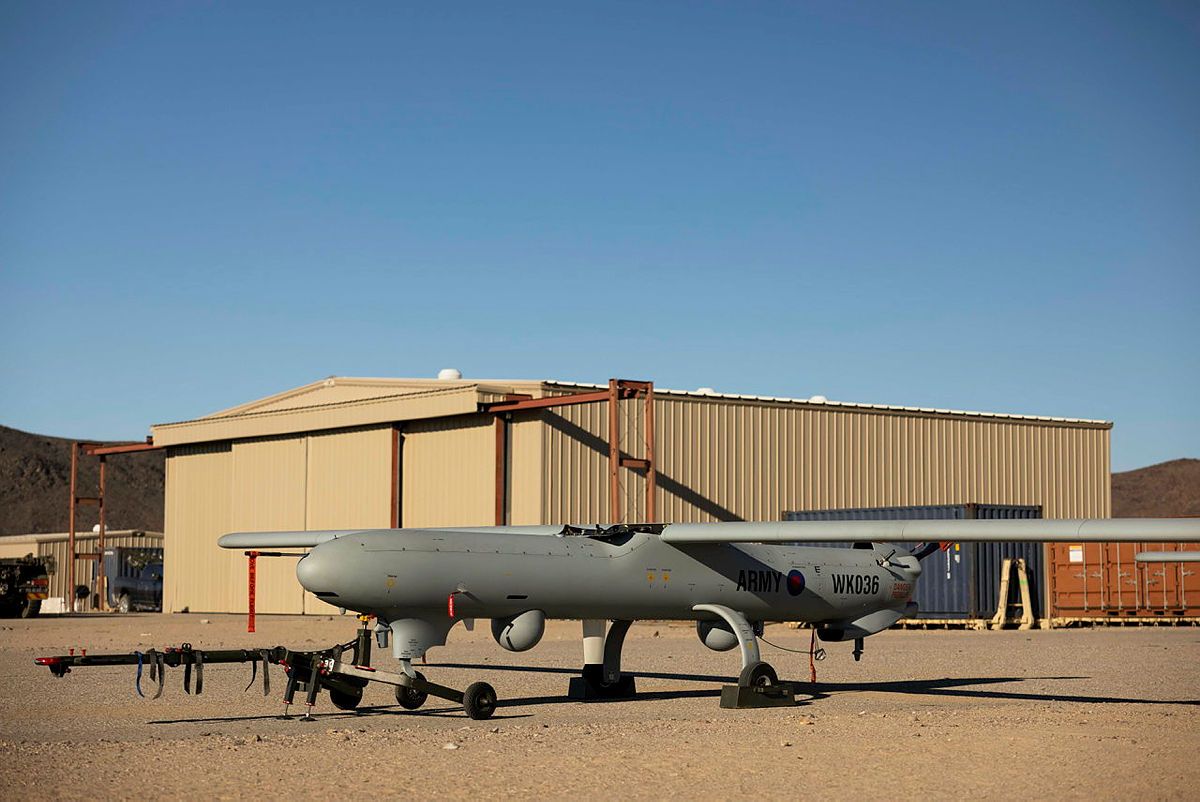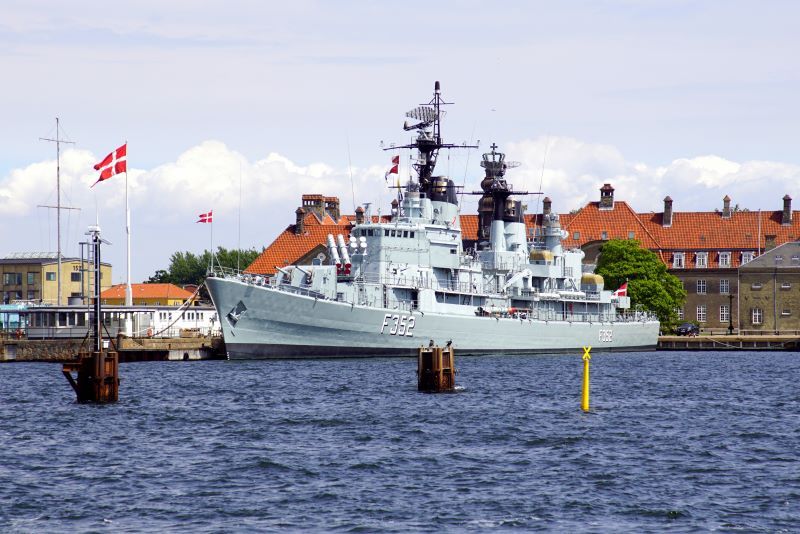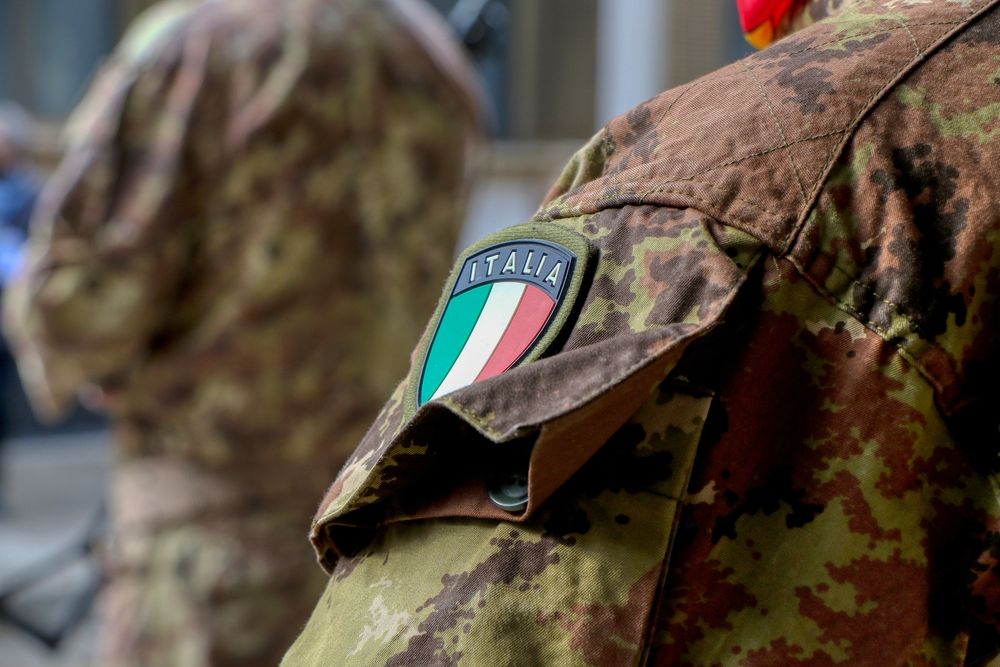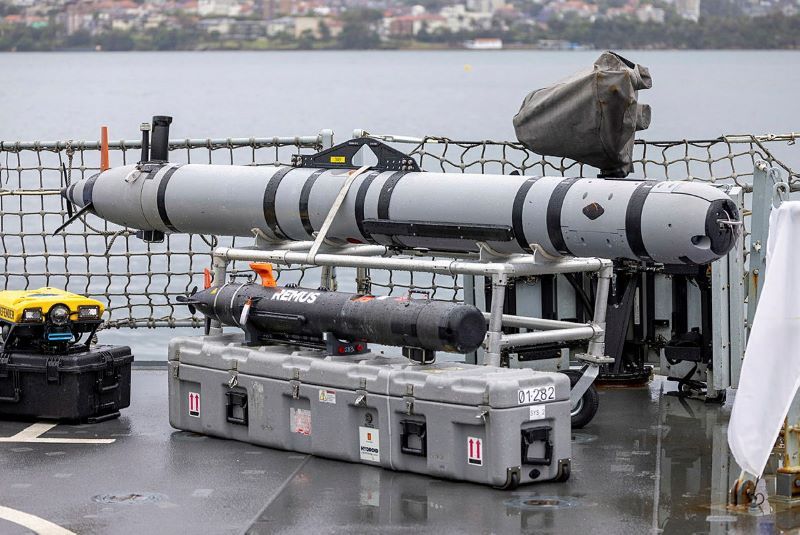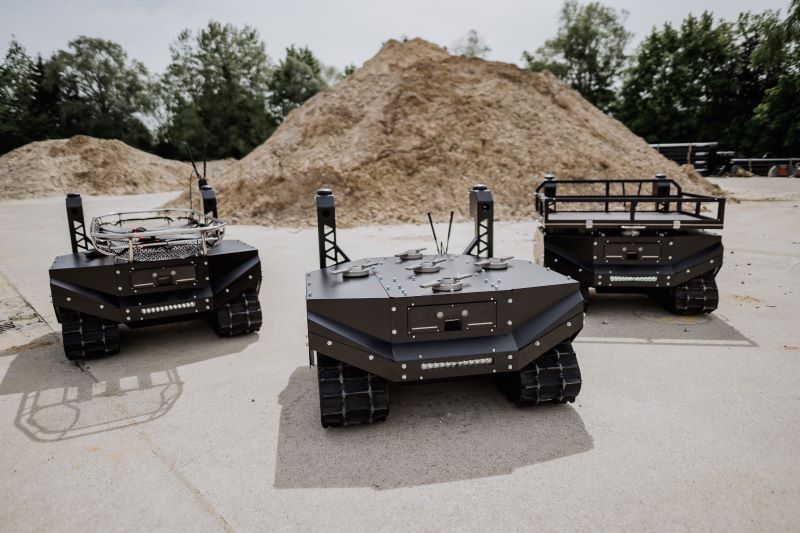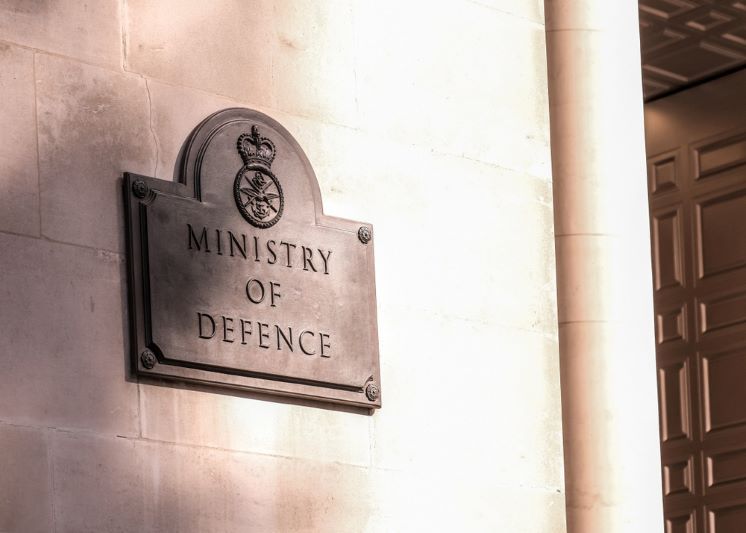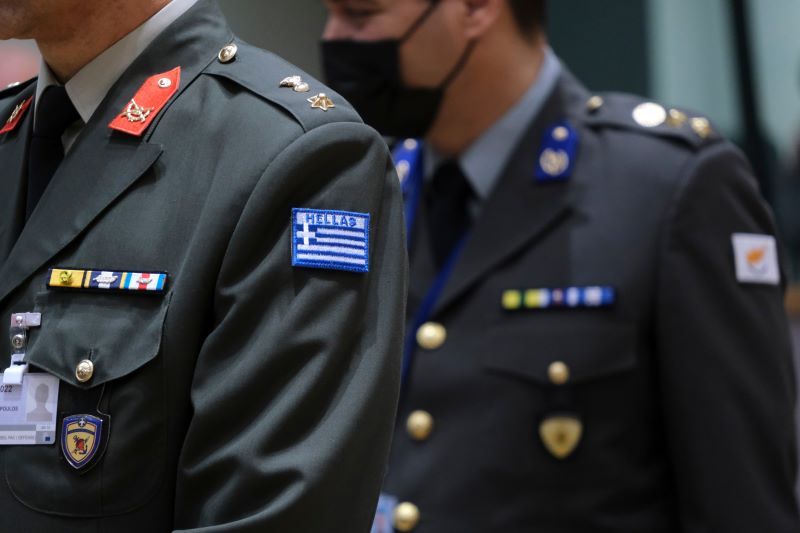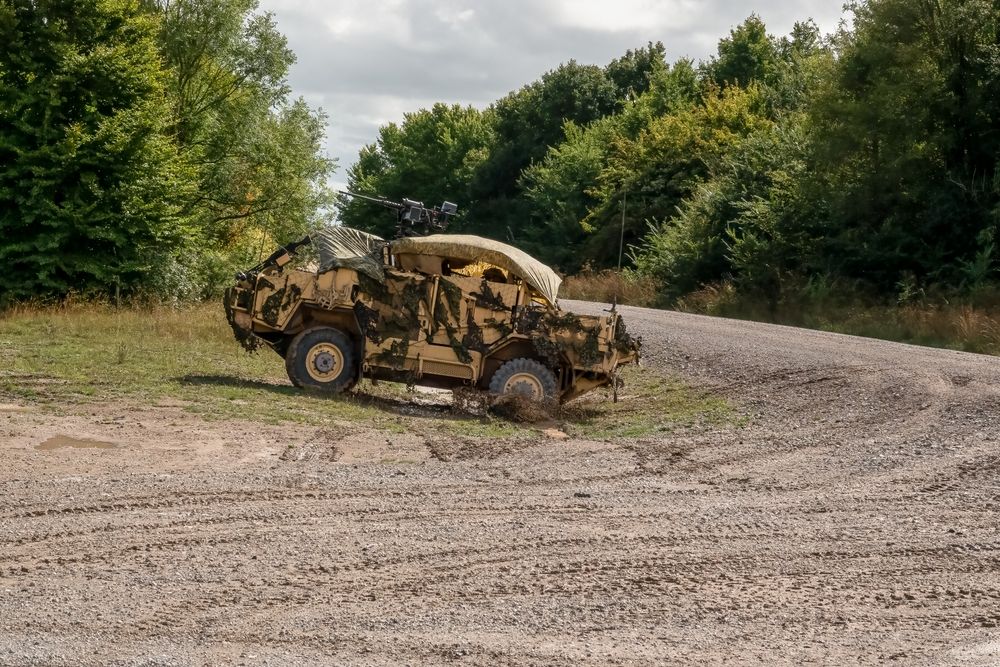Providing impartial insights and news on defence, focusing on actionable opportunities.
We're sorry, but we couldn't find any results that match your search criteria. Please try again with different keywords or filters.
Loading
-
Founded two years ago, Ukraine’s defence accelerator Brave1 has become a key player in supporting Ukraine’s war effort. DSEI speaks to the CEO about its achievements and roadmap for the future.
-
The tender seeks support in drafting a new defence quantum plan, following years of preparation from the EU to facilitate quantum innovation.
-
The acquisitions aim to urgently modernise the military in response to the rapidly evolving nature of warfare.
-
Natalia Kushnerska, CEO of Brave1, spoke to DSEI about Ukraine’s defence-technology priorities as the conflict passes the three-year mark.
-
The MoD is looking for a new persistent-surveillance UAS that will reach minimum deployable capability this year.
-
The spending boost follows similar overtures from Italy to court the US.
-
The plan prioritises new undersea autonomous systems.
-
- News
- Budget
Italy to meet NATO 2% spending target this year
The announcement came amid bilateral talks between Italy and the US. -
The MoD aims to accelerate the introduction of a new Medium Range Precision Strike capability.
-
- News
- Naval
UK MoD calls for new UUVs
The call is part of the Royal Navy’s efforts to field an autonomous mine hunting capability. -
- News
- Manufacturing
German startup ARX Robotics to establish office in UK
The move signals the company is betting on potential UK orders. -
- News
- Future tech
UK seeks emerging tech solutions under multi-cycle competition
Applications are open for a range of emerging technology solutions which can be developed and scaled within a year. -
- News
- Budget
Greece unveils major EUR25bn defence plan
The plan is heralded as the “most drastic transformation” of the country’s armed forces by the prime minister. -
The competition will employ a new 'bake-off' style approach to procurement.
-
Expect multiple, large-scale programmes for uncrewed systems from the UK MoD this year.
64 Results




